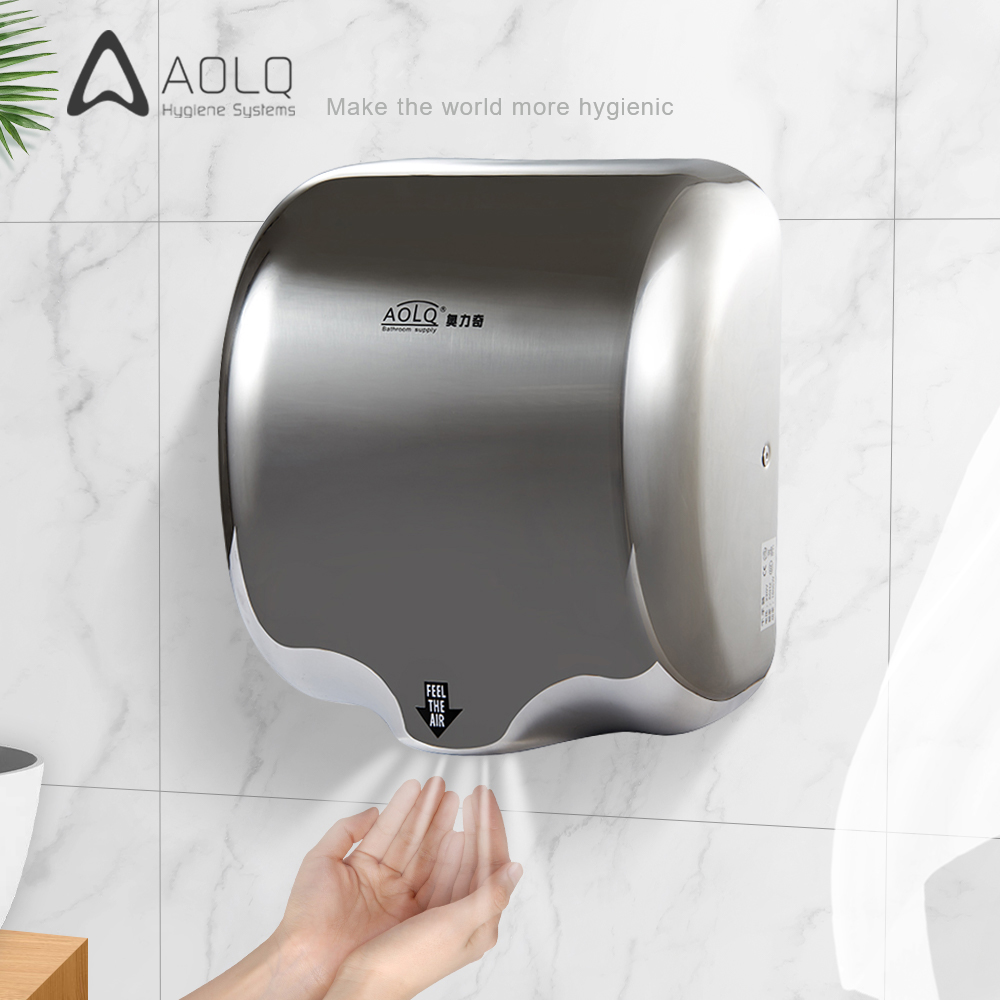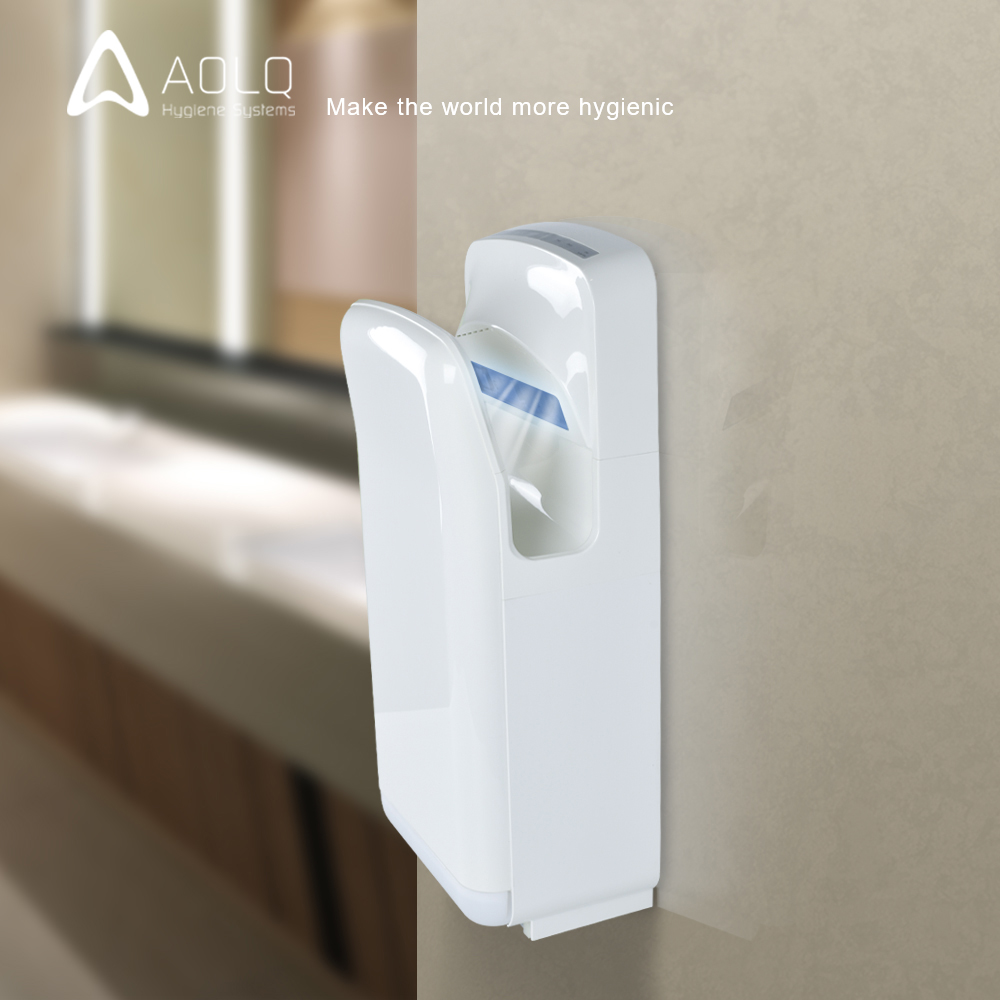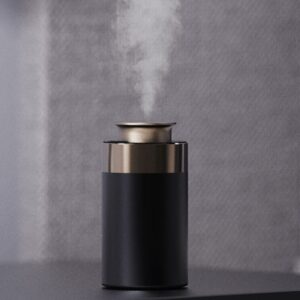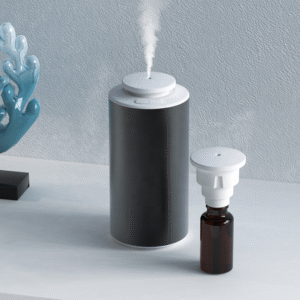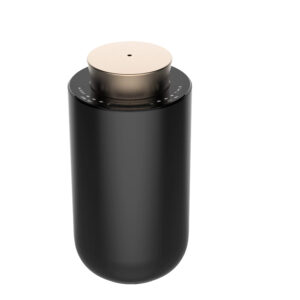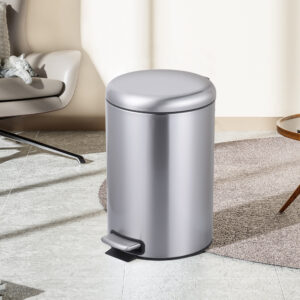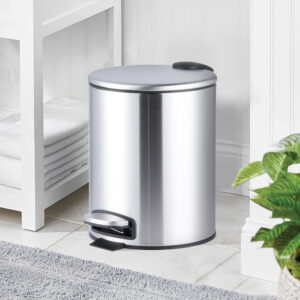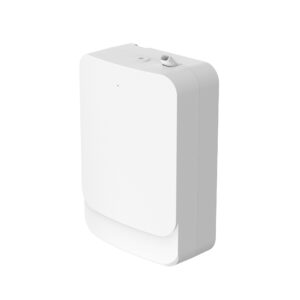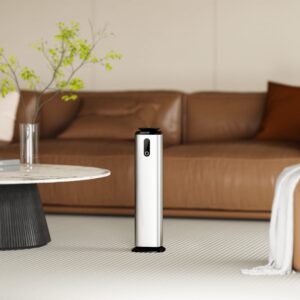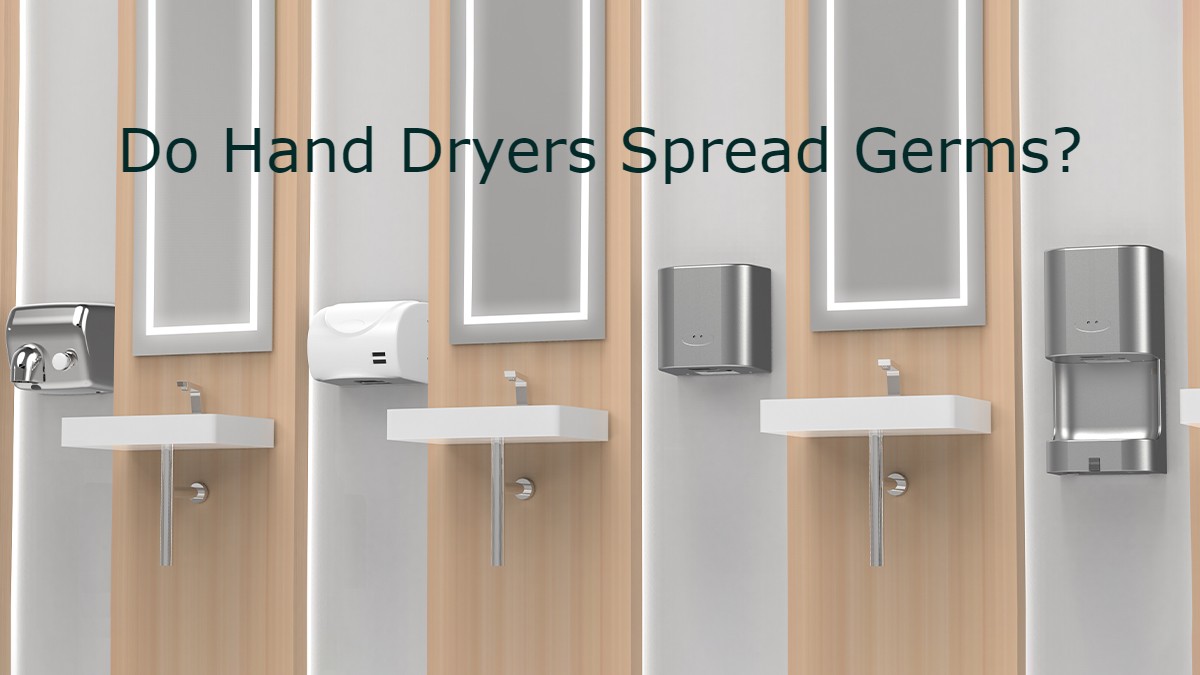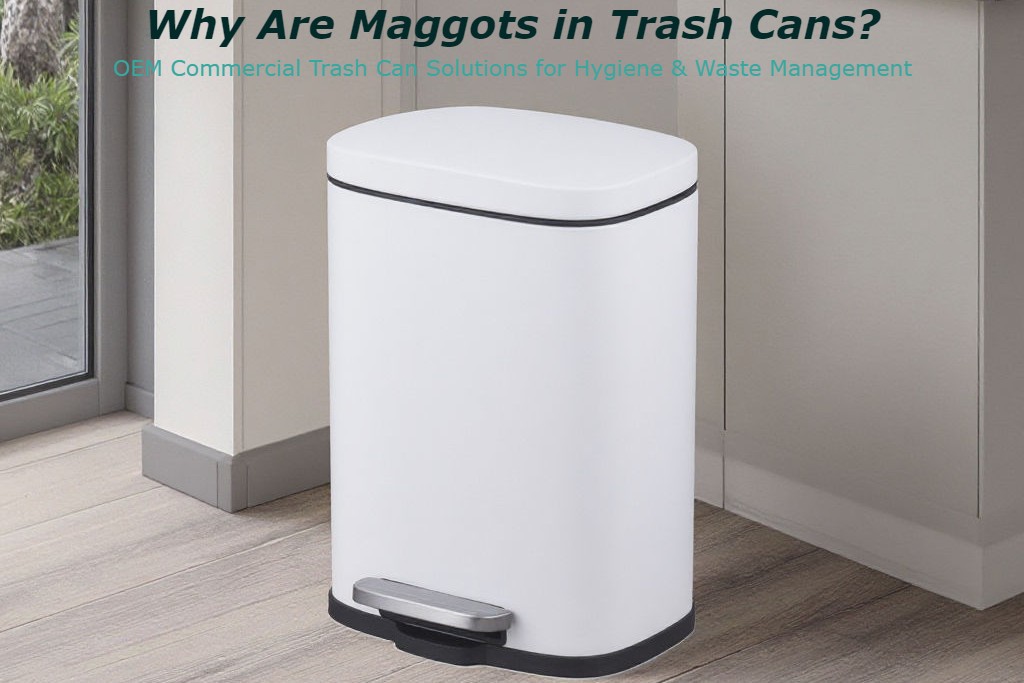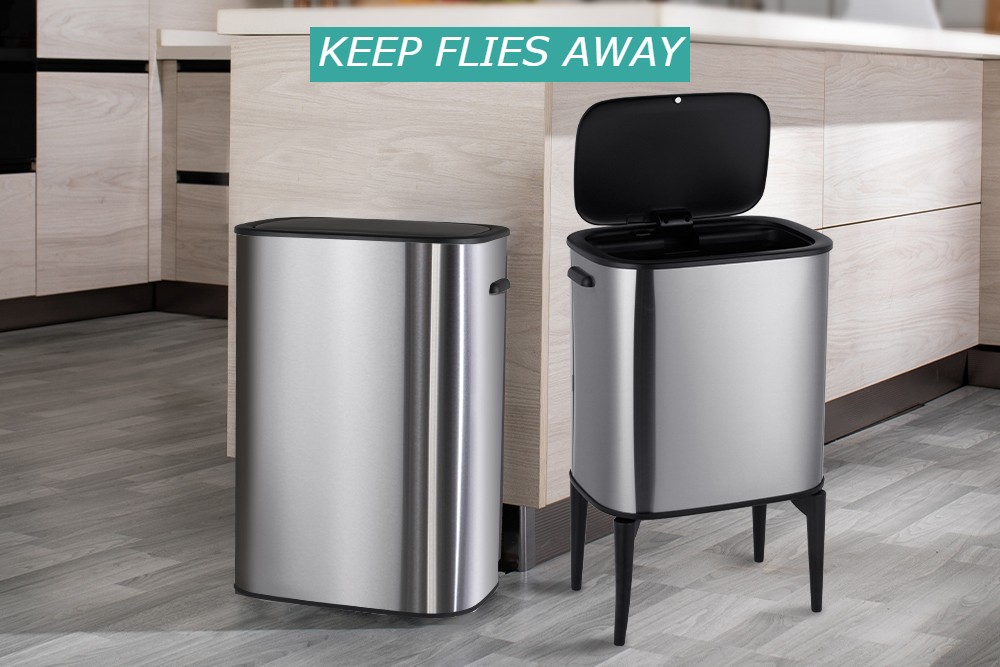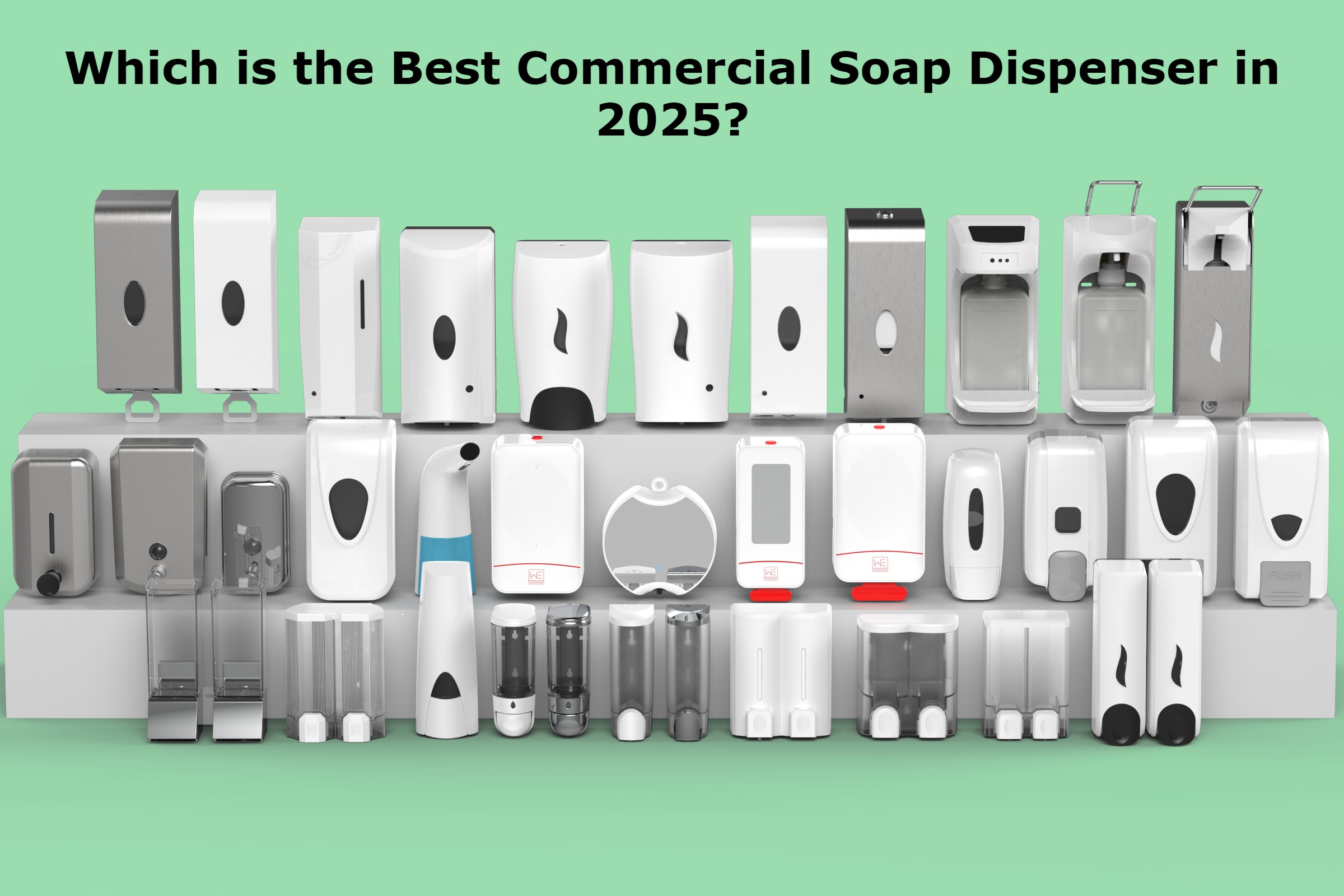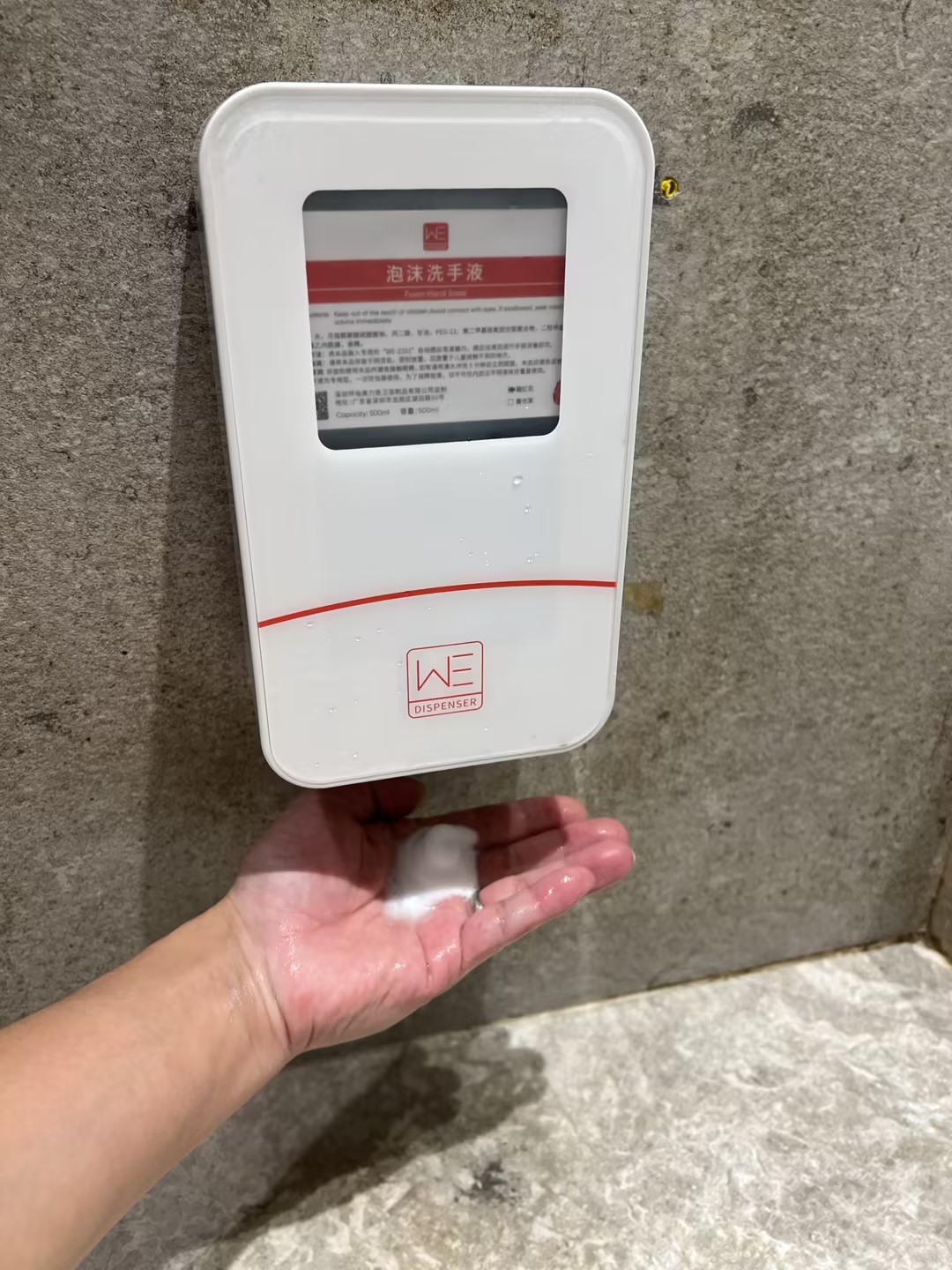When it comes to maintaining hygiene in public restrooms, one common debate stands out — are hand dryers actually spreading germs instead of helping prevent them? For businesses and facility managers, understanding the science behind hand dryers and their impact on hygiene is essential for creating a clean, safe, and professional environment.
1. Hand Dryers and Germ Dispersion — What the Research Says
Studies have shown that traditional warm-air hand dryers can potentially blow bacteria and viruses from the air and surfaces onto freshly washed hands. This effect is more pronounced in high-traffic restrooms where air quality and cleanliness are harder to control. Jet air dryers, which use high-speed airflow, can disperse microorganisms over a wider area, sometimes up to several meters from the device.
However, newer models of commercial hand dryers are designed with hygiene in mind. Many come equipped with HEPA filters that remove up to 99.97% of airborne bacteria before the air reaches the hands, significantly reducing the risk of contamination.
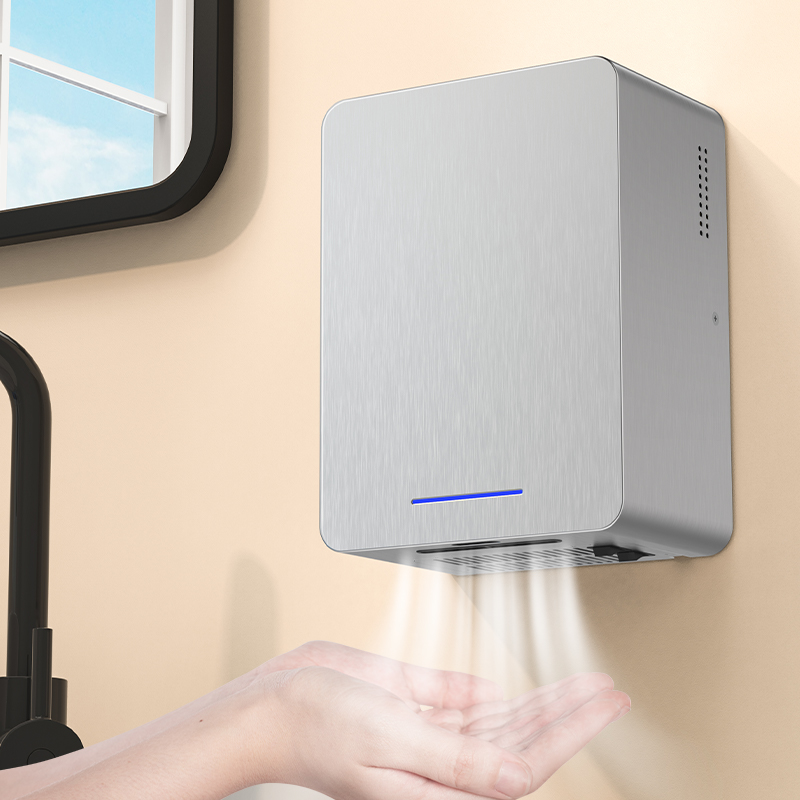
2. Paper Towels vs. Hand Dryers: Which Is More Hygienic?
In controlled studies, paper towels often come out ahead in terms of reducing bacterial spread, as they involve minimal air movement. However, paper towels also generate higher waste volumes and ongoing supply costs. For commercial restrooms, a combination of both options — hand dryers with HEPA filters and strategically placed paper towel dispensers — can be an effective approach to balance hygiene, cost, and sustainability.
3. Modern Solutions: Hygienic and Eco-Friendly Hand Dryers
The latest generation of hand dryers addresses many of the hygiene concerns raised by older models. Modern units often feature touchless operation, HEPA filtration, antibacterial coatings, and even UV-C sterilization to neutralize pathogens in the air stream. These improvements make hand dryers a hygienic and environmentally sustainable choice for commercial and public washrooms.
4. Best Practices for Businesses
To ensure maximum hygiene and user confidence in your facilities, consider the following best practices:
• Install HEPA-filtered hand dryers in high-traffic restrooms
• Perform regular maintenance and cleaning of filters and nozzles
• Provide both drying options (hand dryers and paper towels) when possible
• Use automatic, touch-free designs to minimize contact
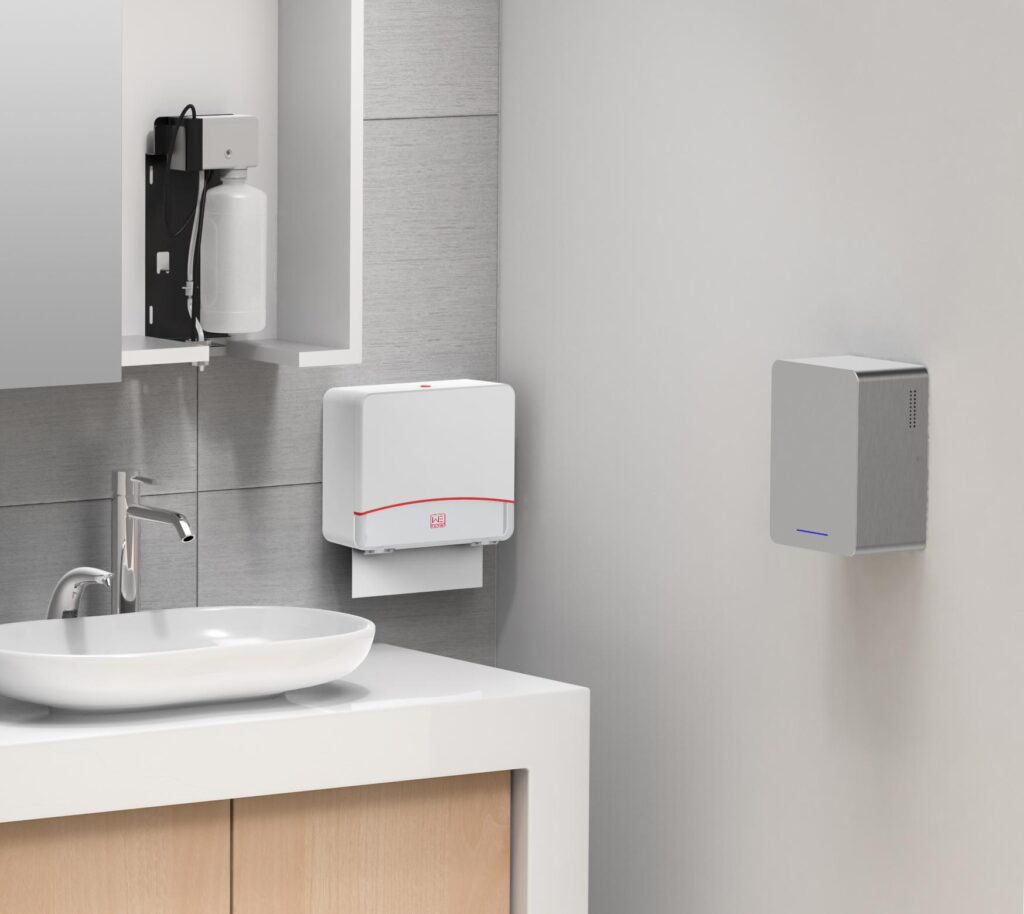
Conclusion
While traditional hand dryers may have contributed to germ dispersion in the past, modern commercial hand dryers with advanced filtration and sterilization features are far more hygienic and sustainable. For B2B facilities — from offices to restaurants and airports — investing in a high-quality, touchless hand dryer system is a smart step toward maintaining both cleanliness and environmental responsibility.

